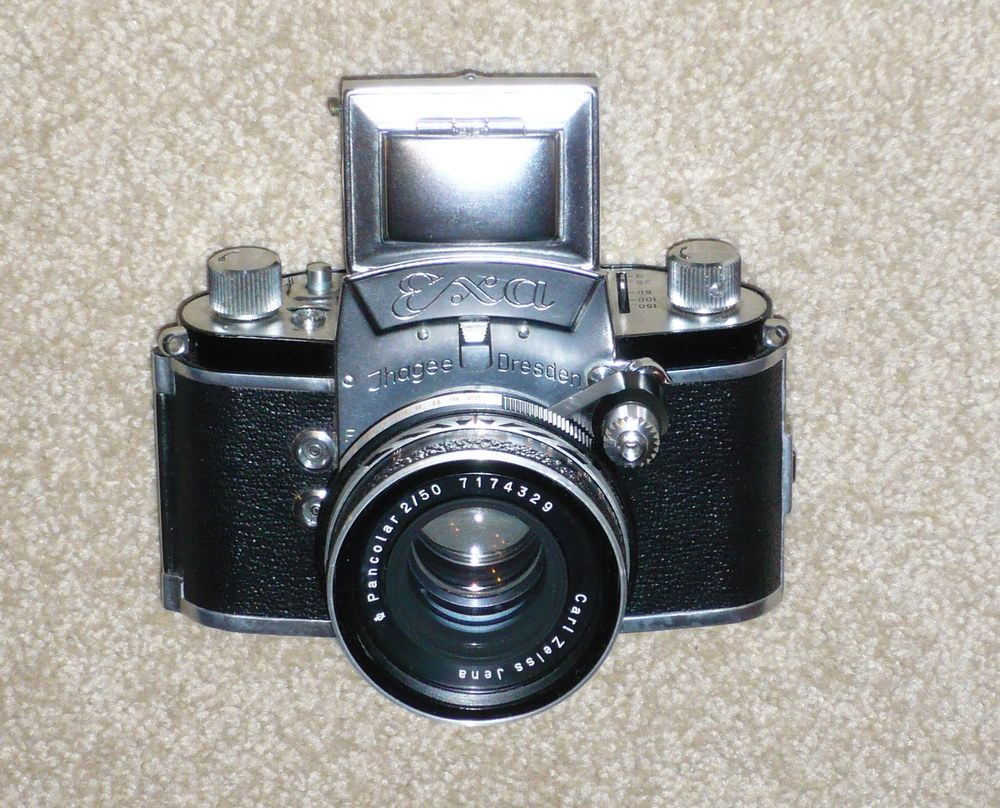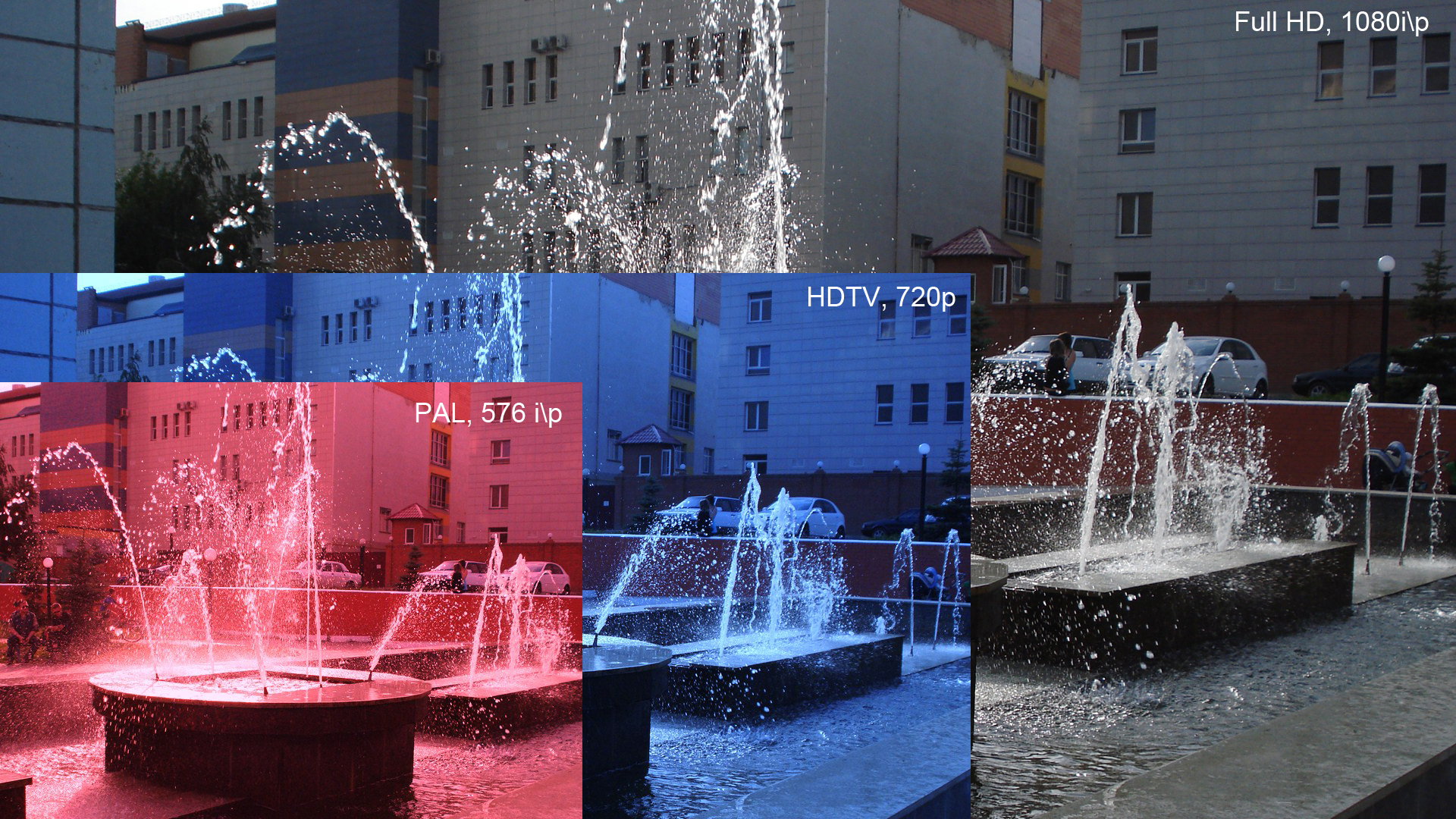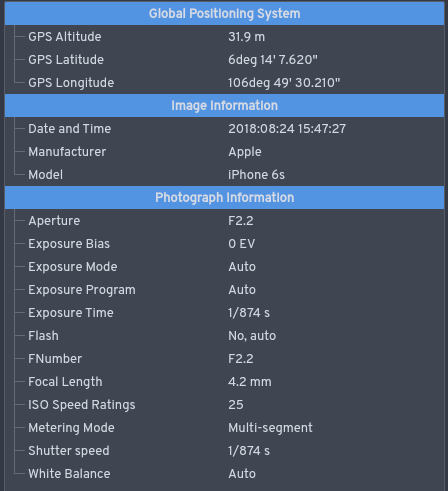|
Nikon Z-mount
Nikon Z-mount (stylised as \mathbb) is an interchangeable lens mount developed by Nikon for its mirrorless digital cameras. In late 2018, Nikon released two cameras that use this mount, the full-frame Nikon Z 7 and Nikon Z 6. In late 2019 Nikon announced their first Z-mount camera with an APS-C sensor, the Nikon Z 50. In July 2020 the entry level full-frame Z 5 was introduced. In October 2020, Nikon announced the Nikon Z 6II and Nikon Z 7II, which succeed the Z 6 and Z 7, respectively. The APS-C lineup was expanded in July 2021, with the introduction of the retro styled Nikon Z fc, and in October 2021, Nikon unveiled the Nikon Z 9, which effectively succeeds the brand's flagship D6 DSLR. The APS-C lineup was further expanded with the Nikon Z 30, announced at the end of June 2022. Nikon SLR cameras, both film and digital, have used the Nikon F-mount with its 44 mm diameter since 1959. The Z-mount has a 55 mm diameter. The FTZ lens adapter allows man ... [...More Info...] [...Related Items...] OR: [Wikipedia] [Google] [Baidu] |
Nikon F-mount
The Nikon F-mount is a type of interchangeable lens mount developed by Nikon for its 35mm format single-lens reflex cameras. The F-mount was first introduced on the Nikon F camera in 1959, and features a three-lug bayonet mount with a 44mm throat and a Flange focal distance, flange to focal plane distance of 46.5mm. The company continues, with the 2020 D6 model, to use variations of the same lens mount specification for its film and digital single-lens reflex camera, digital SLR cameras. History The Nikon F-mount is one of only two SLR lens mounts (the other being the Pentax K-mount) which were not abandoned by their associated manufacturer upon the introduction of autofocus, but rather extended to meet new requirements related to light meter, metering, autofocus, and aperture control. The large variety of F-mount compatible lenses makes it the largest system of interchangeable flange-mount photographic lenses in history. Over 400 different Nikkor lenses are compatible with th ... [...More Info...] [...Related Items...] OR: [Wikipedia] [Google] [Baidu] |
Photo District News
''Photo District News'' (or ''PDN'') was an American monthly trade publication for professional photographers. ''PDN'' was first published in 1980. The publication took its name from New York City's photo district, an area of photo businesses that was once located in Flatiron District. Its closure was announced on 28 January 2020. ''Time'' has described PDN's annual list of "30 New and Emerging Photographers" as "the go-to outlet to discover up-and-coming photographers, determined on the basis of creativity, versatility and distinctive vision", and as "a career turning point" for those included on the list.How PDN’s 30 Influenced Photographers Over the Years by Ye Ming, at ''Time''; 5 June 2015; Retrieved 21 June 2015 History Originally named '' ...[...More Info...] [...Related Items...] OR: [Wikipedia] [Google] [Baidu] |
Single-lens Reflex Camera
A single-lens reflex camera (SLR) is a camera that typically uses a mirror and prism system (hence "reflex" from the mirror's reflection) that permits the photographer to view through the lens and see exactly what will be captured. With twin lens reflex and rangefinder cameras, the viewed image could be significantly different from the final image. When the shutter button is pressed on most SLRs, the mirror flips out of the light path, allowing light to pass through to the light receptor and the image to be captured. History File:Hasselblad 1600F.jpg, Medium format SLR by Hasselblad (Model 1600F), Sweden File:Zenza BRONICA S2 with ZENZANON 100mm F2.8.JPG, Medium format SLR by Bronica (Model S2), Japan. Bronica's later model—the Bronica EC—was the first medium format SLR camera to use an electrically operated focal-plane shutter File:Asahiflex600.jpg, The 1952 (Pentax) Asahiflex, Japan's first single-lens reflex camera. File:Contaflex BW 2.JPG, The Contaflex III a single- ... [...More Info...] [...Related Items...] OR: [Wikipedia] [Google] [Baidu] |
1080p
1080p (1920×1080 progressively displayed pixels; also known as Full HD or FHD, and BT.709) is a set of HDTV high-definition video modes characterized by 1,920 pixels displayed across the screen horizontally and 1,080 pixels down the screen vertically; the ''p'' stands for progressive scan, ''i.e.'' non-interlaced. The term usually assumes a widescreen aspect ratio of 16:9, implying a resolution of 2.1 megapixels. It is often marketed as Full HD or FHD, to contrast 1080p with 720p resolution screens. Although 1080p is sometimes informally referred to as 2K, these terms reflect two distinct technical standards, with differences including resolution and aspect ratio. 1080p video signals are supported by ATSC standards in the United States and DVB standards in Europe. Applications of the 1080p standard include television broadcasts, Blu-ray Discs, smartphones, Internet content such as YouTube videos and Netflix TV shows and movies, consumer-grade televisions and projector ... [...More Info...] [...Related Items...] OR: [Wikipedia] [Google] [Baidu] |
Noct
Noct is a term trademarked by Nikon (, ; ), also known just as Nikon, is a Japanese multinational corporation headquartered in Tokyo, Japan, specializing in optics and imaging products. The companies held by Nikon form the Nikon Group. Nikon's products include cameras, camera ... to describe a line of special camera lenses. The word was first used in the name of the Noct-Nikkor 58mm f/1.2 lens from the 1970s and re-appeared in 2018, when it was applied to the new Z mount 58mm f/0.95 S Noct. References {{Product-stub Nikon lenses ... [...More Info...] [...Related Items...] OR: [Wikipedia] [Google] [Baidu] |
Flange Focal Distance
For an interchangeable lens camera, the flange focal distance (FFD) (also known as the flange-to-film distance, flange focal depth, flange back distance (FBD), flange focal length (FFL), back focus or register, depending on the usage and source) of a lens mount system is the distance from the mounting flange (the interlocking metal rings on the camera and the rear of the lens) to the film or image sensor plane. This value is different for different camera systems. The range of this distance, which will render an image clearly in focus within all focal lengths, is usually measured to a precision of hundredths of millimetres, and is not to be confused with depth of field. Lenses can be adapted from one mount (and respective FFD) to another. FFD determines whether infinity focus can be accomplished with a simple non-optical adapter. Optics to correct for distance introduce more cost and can lower image quality, so non-optical lens adapters are preferred. A simple non-optical ada ... [...More Info...] [...Related Items...] OR: [Wikipedia] [Google] [Baidu] |
Leica L-Mount
The Leica L-Mount is a bayonet mount developed by Leica Camera AG for interchangeable-lens autofocus digital cameras. The L-Mount has an inner diameter of 51.6 mm and a flange depth of 20.0 mm. The L-mount exists in two versions, an APS-C version (TL) and a full-frame version (SL). The two versions are mechanically and electronically compatible. TL lenses mounted on full-frame cameras will cause the camera to use a crop mode from the center of the sensor, corresponding to the APS-C coverage of the lens. SL lenses mounted on TL cameras function normally, providing a 1.5x crop field of view, as is typical with APS-C cameras. In 2018 Leica formed the L-Mount Alliance, licensing Sigma, Panasonic in the same year, and DJI in 2022, to use an upgraded version of the mount for their own products, opening the way for a more extensive system of fully compatible cameras and lenses. T-Mount to L-Mount It was introduced in April 2014 with the Leica T (Typ 701) camera. At the time of introdu ... [...More Info...] [...Related Items...] OR: [Wikipedia] [Google] [Baidu] |
Canon RF Mount
The Canon RF lens mount is an interchangeable-lens mount developed by Canon for its full-frame mirrorless interchangeable-lens cameras, and featured first by the EOS R, followed by the EOS RP. The RF mount was announced in September 2018. In May 2022, Canon announced APS-C EOS R cameras (the EOS R10 and EOS R7) and RF-S lenses designed for these cameras. The RF mount allows for the use of Canon EF and EF-S mount lenses using one of three Canon-made lens adapters. When an RF-S or EF-S lens is attached, however, the camera will only function as an APS-C camera, not a full-frame camera. Details Canon full-frame cameras have used the EF lens mount since 1987. In comparison with that mount, the RF mount's inner diameter is the same at 54 mm. The RF mount's flange focal distance at 20 mm is much shorter than that of the Canon EF and EF-S mounts at 44 mm. The EF-M mount has a flange focal distance of 18 mm. An EF-EOS R lens adapter enables Canon EF, EF-S, T ... [...More Info...] [...Related Items...] OR: [Wikipedia] [Google] [Baidu] |
Canon EF Lens Mount
The EF lens mount is the standard lens mount on the Canon EOS family of SLR film and digital cameras. EF stands for "Electro-Focus": automatic focusing on EF lenses is handled by a dedicated electric motor built into the lens. Mechanically, it is a bayonet-style mount, and all communication between camera and lens takes place through electrical contacts; there are no mechanical levers or plungers. The mount was first introduced in 1987. Canon claims to have produced its 100-millionth EF-series interchangeable lens on 22 April 2014. History The EF mount replaces its predecessor, the FD mount. The standard autofocus lens mounting technology of the time used a motor in the camera body to drive the mechanics of the focus helicoid in the lens by using a transfer lever. The key innovation of the EF series was to use a motor inside the lens itself for focusing. This allowed for autofocusing lenses which did not require mechanical levers in the mount mechanism, only electrical con ... [...More Info...] [...Related Items...] OR: [Wikipedia] [Google] [Baidu] |
Sony E-mount
The E-mount is a lens mount designed by Sony for their NEX ("New E-mount eXperience") and ILCE series of camcorders and mirrorless cameras. The E-mount supplements Sony's α mount, allowing the company to develop more compact imaging devices while maintaining compatibility with 35mm sensors. E-mount achieves this by: * Minimising mechanical complexity, removing mechanical aperture and focus drive. * Shortening the flange focal distance to 18 mm compared with earlier offerings from Sony which used 44.5 mm. * Reducing the radius of the flange. The short flange focal distance prohibits the use of an optical viewfinder, as a mirror box mechanism cannot be included in this reduced distance. Therefore all E-mount cameras use an electronic viewfinder. History Initially, E-mount was implemented on the Sony α NEX-3 and NEX-5 consumer-targeted devices with APS-C sized sensors. E-mount integration into Sony camcorder products was provided with the Sony Handycam NEX-VG10. On 2 ... [...More Info...] [...Related Items...] OR: [Wikipedia] [Google] [Baidu] |
Image Stabilization
Image stabilization (IS) is a family of techniques that reduce blurring associated with the motion of a camera or other imaging device during exposure. Generally, it compensates for pan and tilt (angular movement, equivalent to yaw and pitch) of the imaging device, though electronic image stabilization can also compensate for rotation. It is mainly used in high-end image-stabilized binoculars, still and video cameras, astronomical telescopes, and also smartphones. With still cameras, camera shake is a particular problem at slow shutter speeds or with long focal length lenses (telephoto or zoom). With video cameras, camera shake causes visible frame-to-frame jitter in the recorded video. In astronomy, the problem of lens shake is added to variation in the atmosphere, which changes the apparent positions of objects over time. Application in still photography In photography, image stabilization can facilitate shutter speeds 2 to 5.5 stops slower (exposures 4 to times l ... [...More Info...] [...Related Items...] OR: [Wikipedia] [Google] [Baidu] |
Exif
Exchangeable image file format (officially Exif, according to JEIDA/JEITA/CIPA specifications) is a standard that specifies formats for images, sound, and ancillary tags used by digital cameras (including smartphones), scanners and other systems handling image and sound files recorded by digital cameras. The specification uses the following existing encoding formats with the addition of specific metadata tags: JPEG lossy coding for compressed image files, TIFF Rev. 6.0 (RGB or YCbCr) for uncompressed image files, and RIFF WAV for audio files (linear PCM or ITU-T G.711 μ-law PCM for uncompressed audio data, and IMA-ADPCM for compressed audio data). It does not support JPEG 2000 or GIF encoded images. This standard consists of the Exif image file specification and the Exif audio file specification. Background Exif is supported by almost all camera manufacturers. The metadata tags defined in the Exif standard cover a broad spectrum: * Camera settings: This includes static ... [...More Info...] [...Related Items...] OR: [Wikipedia] [Google] [Baidu] |




_01.jpg)

_full-frame_camera_no_body_cap.jpg)
